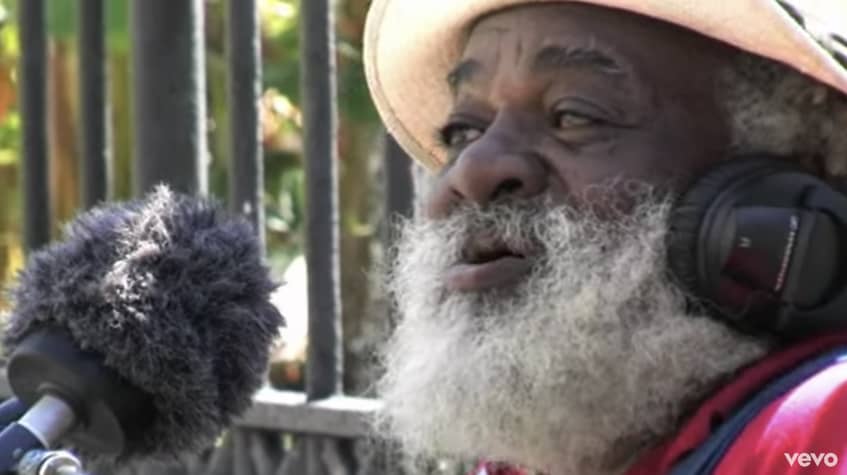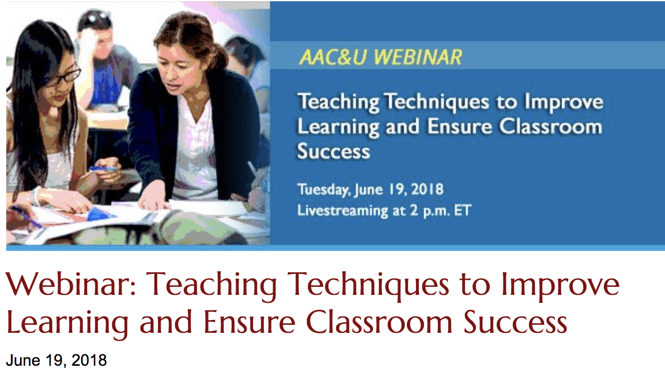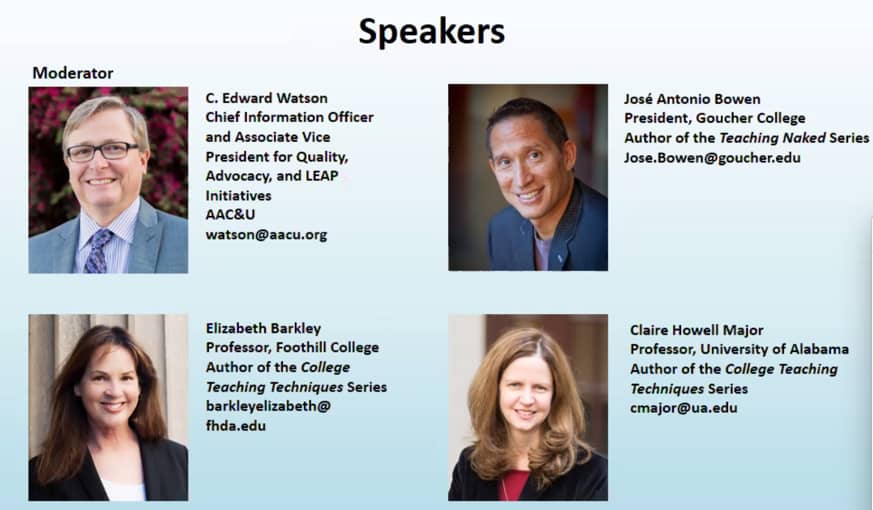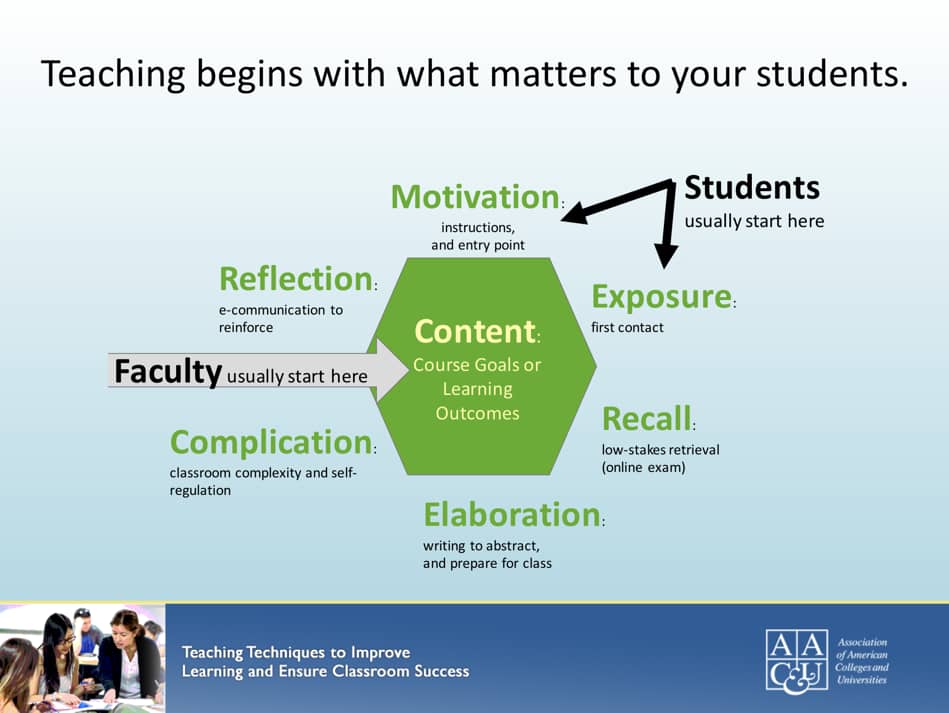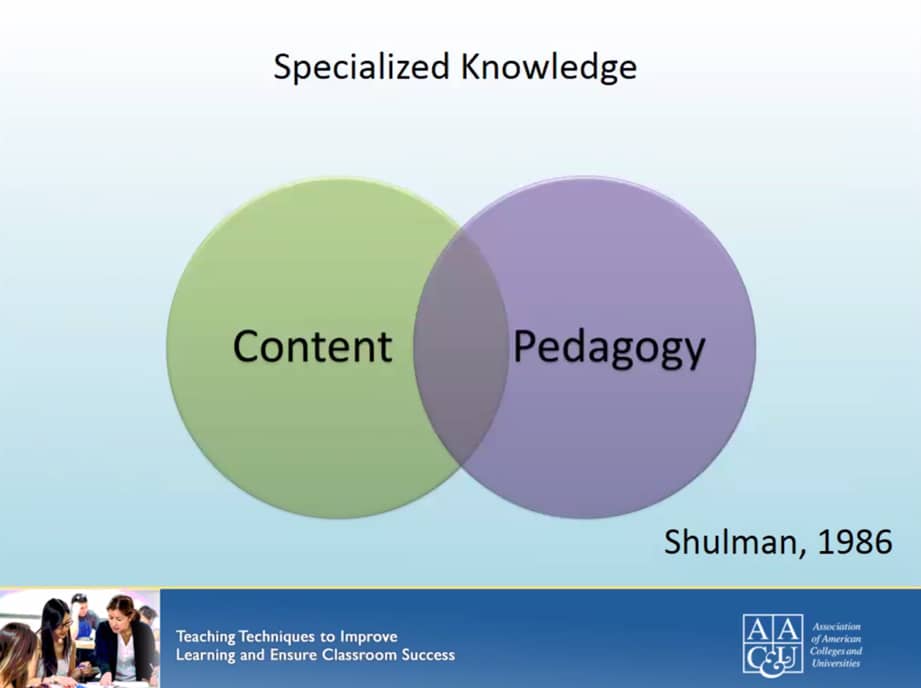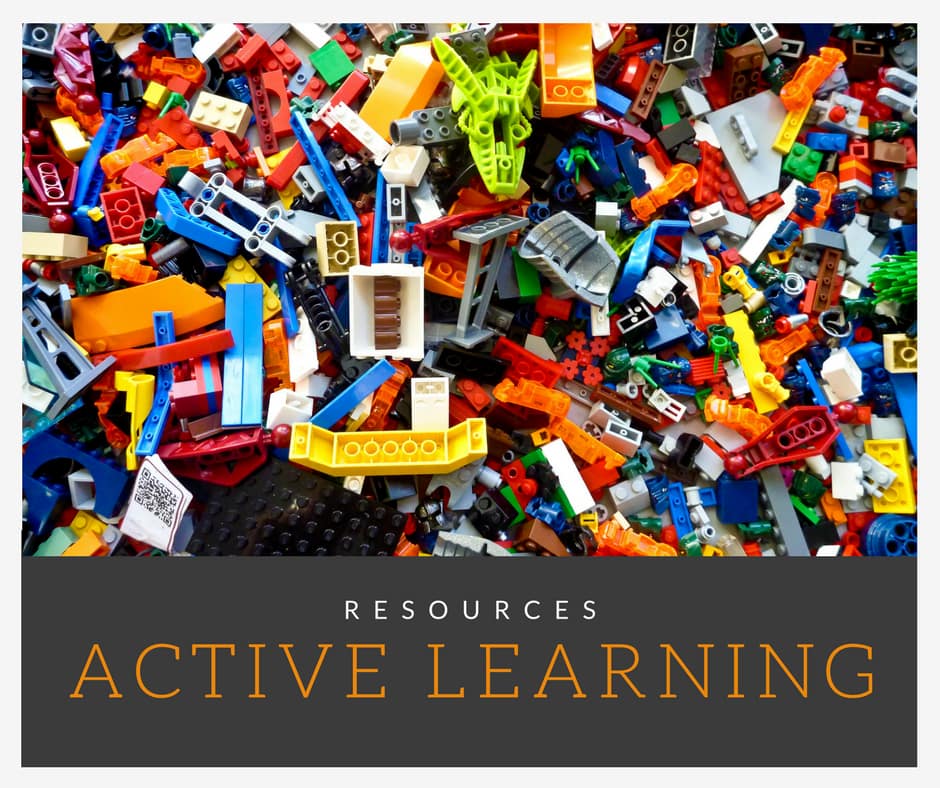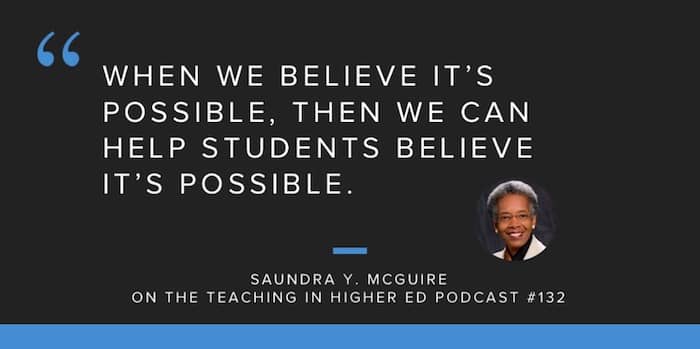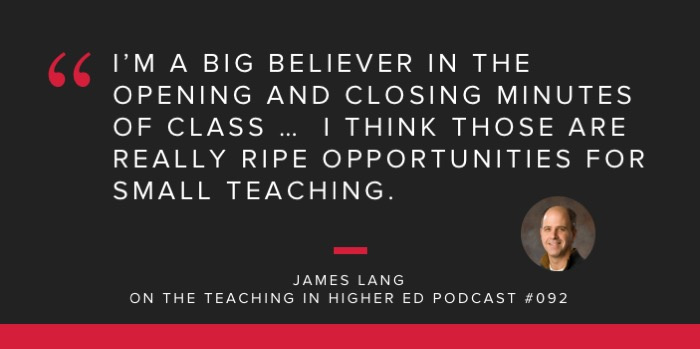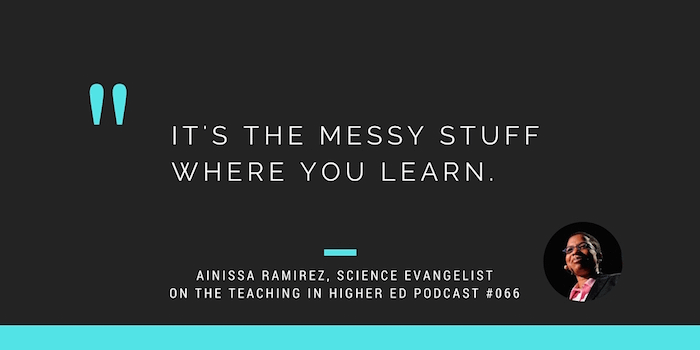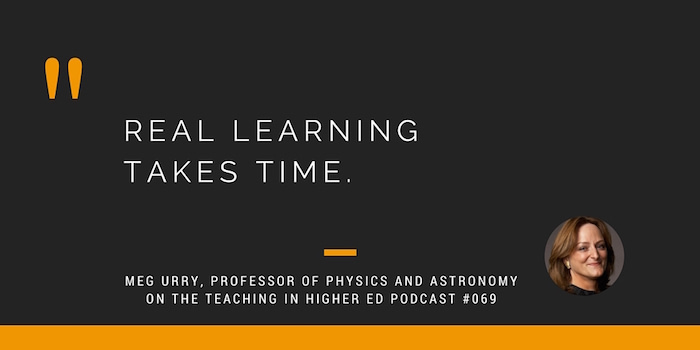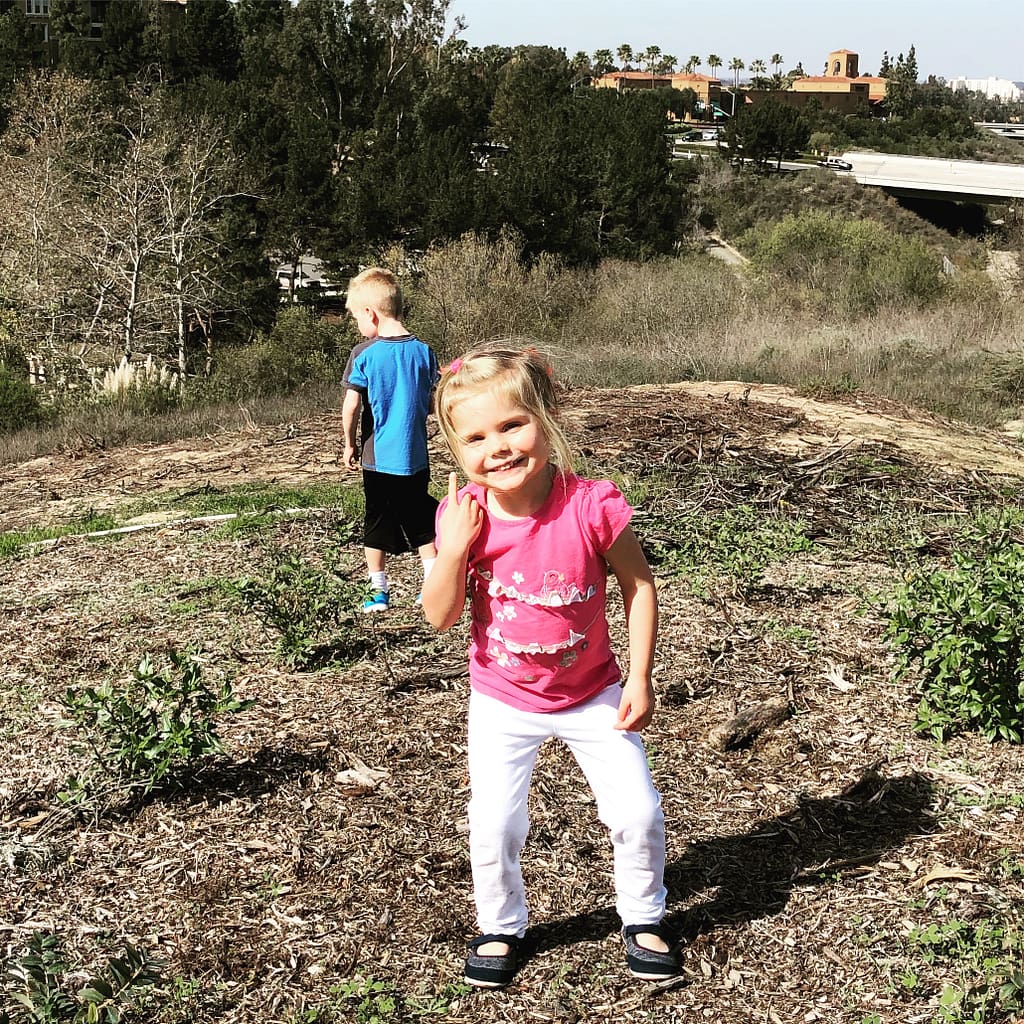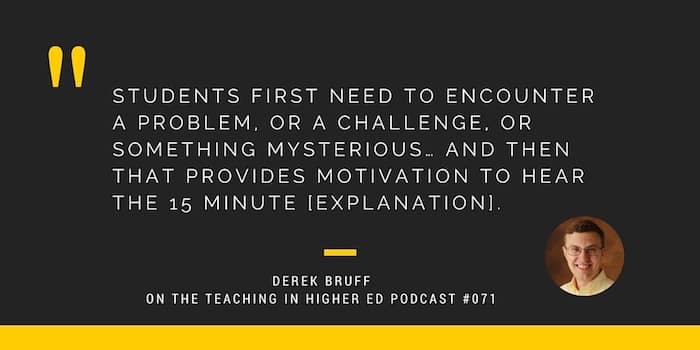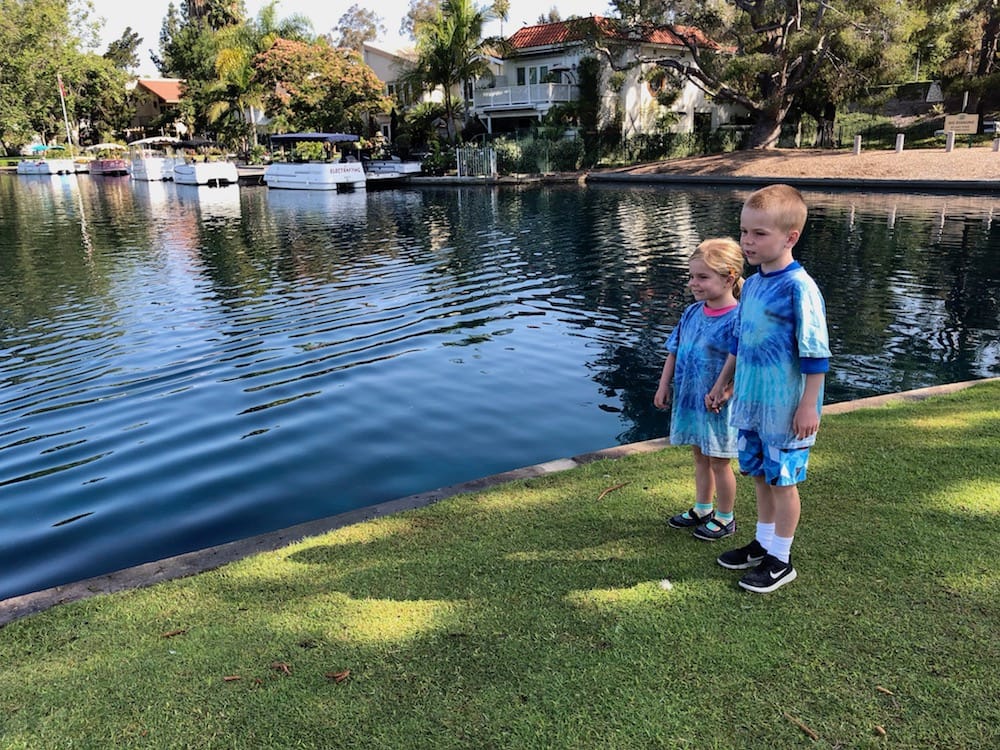
Our kids have started their summer camp routine. They won’t wind up going every week, but there will be times when I can tackle those things that are hard to keep up with during the academic year.
They did such a wonderful job of making the transition that I wanted to reward them. I shared a number of possibilities of what we might do to celebrate. They picked the place I least wanted to go – but such are the chances we take when we let them decide.
That’s how I found myself at Chuck E Cheese earlier this week.
How I found myself bawling at Chuck E Cheese involves Sean Michael Morris’ keynotes at the University of Warwick:
Imagination as a Precision Tool for Change

Sean writes about agency in such a powerful way. I know that my understanding of it is childlike and immature. He writes about how some of us might think we are giving our kids agency when we get them a car for their 18th birthday. He shares:
“The car is a symbol of freedom without being freedom. In offering that car, a parent also offers with it an indoctrination into the world of car insurance and car payments, into the world of traffic violations. Cars are not themselves free from policing, and therefore neither will the teenager driving one be.”
I wonder how many times in my feeble attempts to give my students agency in my teaching, I have actually given them a car. I’m also pretty sure that give is the wrong verb to use when talking about agency. Is it something I can give to someone else?
When I teach doctoral students, they can resist taking risks and experimenting far more than my undergraduate students ever do. I make clumsy attempts at fostering an environment that might facilitate greater agency, while they ask for more specifics on assignments and where they might find the rubrics. Sometimes I get hopeful when learning from people like Sean, while other times the existing system and culture feels too massive for me to ever hope to have any impact on (particularly as an adjunct, which I am in the case of teaching doctoral students).
As I sat in Chuck E Cheese, I was being hammered by cognitive dissonance. I subscribe so wholeheartedly to what Sean was advocating in his talk, yet I felt so incapable of breaking free of the oppressive systems my work is often embedded within. He talked about how we get tempted to perform “what Freire might call an adaptation, a shift in behavior designed not to alter the status quo, but to maintain it, even within a slightly altered framework.” I suspect I regularly do this, sometimes being aware of my failed attempts, while other times thinking I “succeeded.”
I managed to get myself together after a rather unexpected event took place within the walls of Chuck E Cheese. If you have been there, you know that every hour or so, this giant mouse (well, it is a person in a mouse costume, but you’re probably with me still) comes out and parades around the restaurant. All the kids follow the character as if he were the pied piper until they all get to the front of the restaurant.
This parade was like none other I have ever seen at Chuck E Cheese. About 20% of the kids were under five years old and the other 80% appeared to be at least high school age. A basketball team was celebrating one of their players’ birthdays and they seemed to be enjoying themselves as much as the younger kids were.
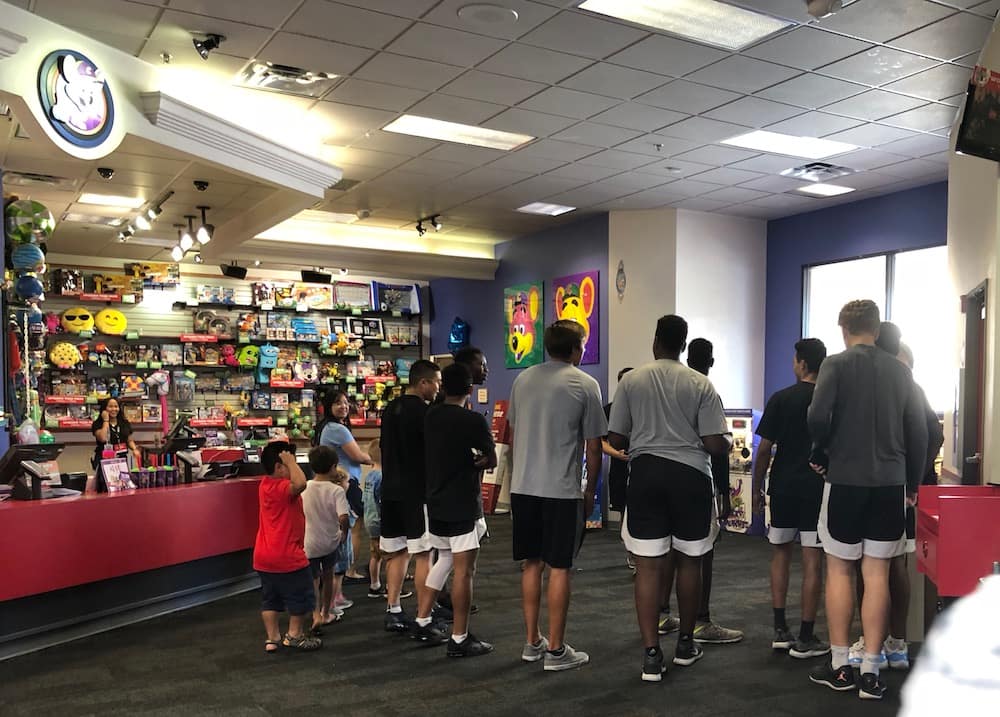
I was expecting them to show that they were attempting to be ironic. Instead, their smiles seemed genuine and this sense of pure joy continued as they began to dance. The mouse led everyone in the movements and every person joined in without reluctance. The young men modified the moves only somewhat to better let them express their more advanced dance abilities. I even found myself grooving a bit, never having recognized that the Chuck E Cheese theme song was so danceable.
When I sat down, my tears were completely dry and I was back to celebrating with the kids as they brought over fists full of tickets and a raw sense of delight. When they ran off to play other games, I would go back to Twitter, this time with a renewed hope that no, I can’t do this, but we just might be able to do it together.
When we got home, I had our son watch one of the Playing for Change songs: Stand by Me. If you’re not familiar with them, they create songs using musicians from all over the world. They combine the audio tracks that were recorded with gifted artists from Indonesia, France, Japan, Brazil, Morocco, India, England, the United States, the Democratic Republic of the Congo, Australia, and beyond.
The first musician starts out reminding us:
“No matter who you are. No matter where you go in your life. At some point, you’re going to need somebody to stand by you…”
Stand by Me | Playing for Change | Song Around the World
I’m thankful for people like Sean Michael Morris for pushing us to be better at what we do. He does that on a collective basis through his writing, his talks, his workshops and his collaborations. However, he also has done this for me on a personal basis for agreeing to be on the podcast twice and for engaging on Twitter regularly.
At some point, we are going to need someone to stand by us. And despite the evils of Twitter (and there are plenty) – there are also phenomenal opportunities to connect with others in solidarity.
Just some of the people who I feel standing by those of us who teach in higher ed include:
- Sean Michael Morris (website; Twitter) – critical instructional design
- Maha Bali (website; Twitter) – intercultural learning
- Clint Smith III (website; Twitter) – spoken word poet, contributor to the Pod Save the People podcast, Harvard PhD student
- Jesse Stommel (website; Twitter) – co-founder of Digital Pedagogy lab and Hybrid Pedagogy
- Robin DeRosa (website; Twitter) – open education, interdisciplinary eduction
- Chris G. (website; Twitter) – Digital redlining and privacy
- Pooja Agarwal (website; Twitter) – Visit Pooja’s Retrieval Practice website, if you don’t already have it bookmarked
- Laura Pasquini (website; Twitter) – Digital pedagogy, eclectic higher ed interests and experience
- Isabeau Iqbal (website; Twitter) – Coaching, faculty development
- James Lang (website; Twitter) – writer, faculty development
- Viji Sathy (website; Twitter) – Inclusive active learning
- Josh Eyler (website; Twitter) – His new book, How Humans Learn is available for preorder.
- Laura Gibbs (website; Twitter) – If you use the Canvas LMS, check out Laura’s Canvas blog
- Laura Gogia (website; Twitter) – Recently published a fascinating look at competency-based medical education
- Jacinta (website; Twitter) – PhD student, inclusive teaching and learning
- Angela Jenks (website; Twitter) – Anthropology professor
- Annemarie Perez (website; Twitter) – Inclusive teaching and learning
- Kevin Gannon (website; Twitter) – “History, teaching, and technology with a custom paint job”
- Asao Inoue (website; Twitter) – Writing theory, antiracism, teaching, race theory, writing assessment
- Katie Linder (website; Twitter) – Writer, podcaster, “learning like it’s her job”
- Alan Levine (website; Twitter) – “Barking about and playing with the web since 1992 – and sharing it all openly”
- Derek Bruff (website; Twitter) – Teaching and learning, faculty development
- Sarah Rose Cavanagh (website; Twitter) – Psychologist, professor, writer, and faculty development
- Peter Newbury (website; Twitter) – Teaching and learning
- Stephanie Lancaster (website; Twitter) – “Occupational therapist, learning scientist, teacher, and an activist at heart.”
Twitter List compilation of all the above individuals and others
Your Turn
Who has been someone who has stood by you as an educator and encourage you to keep growing and changing?
